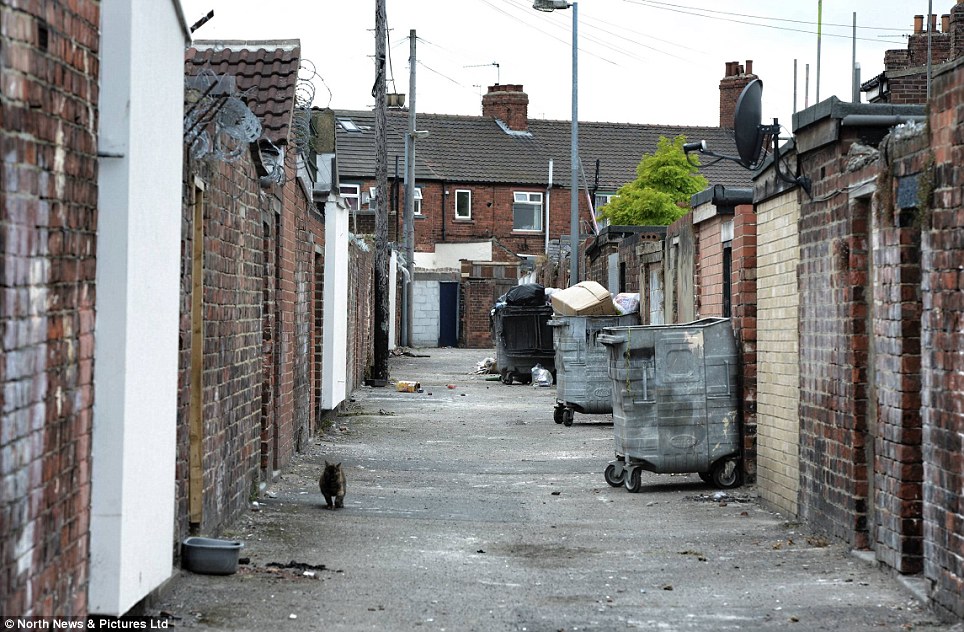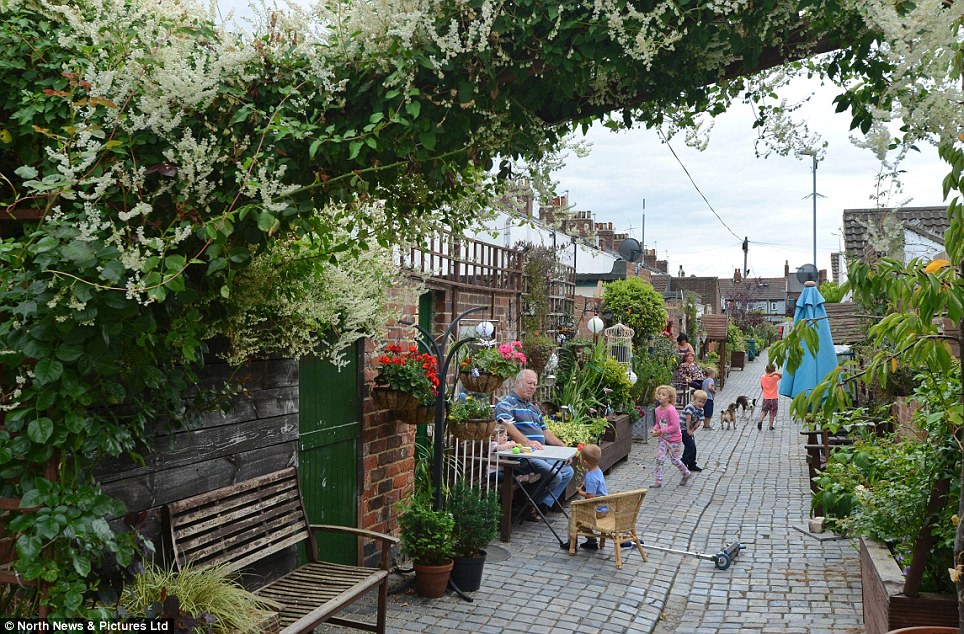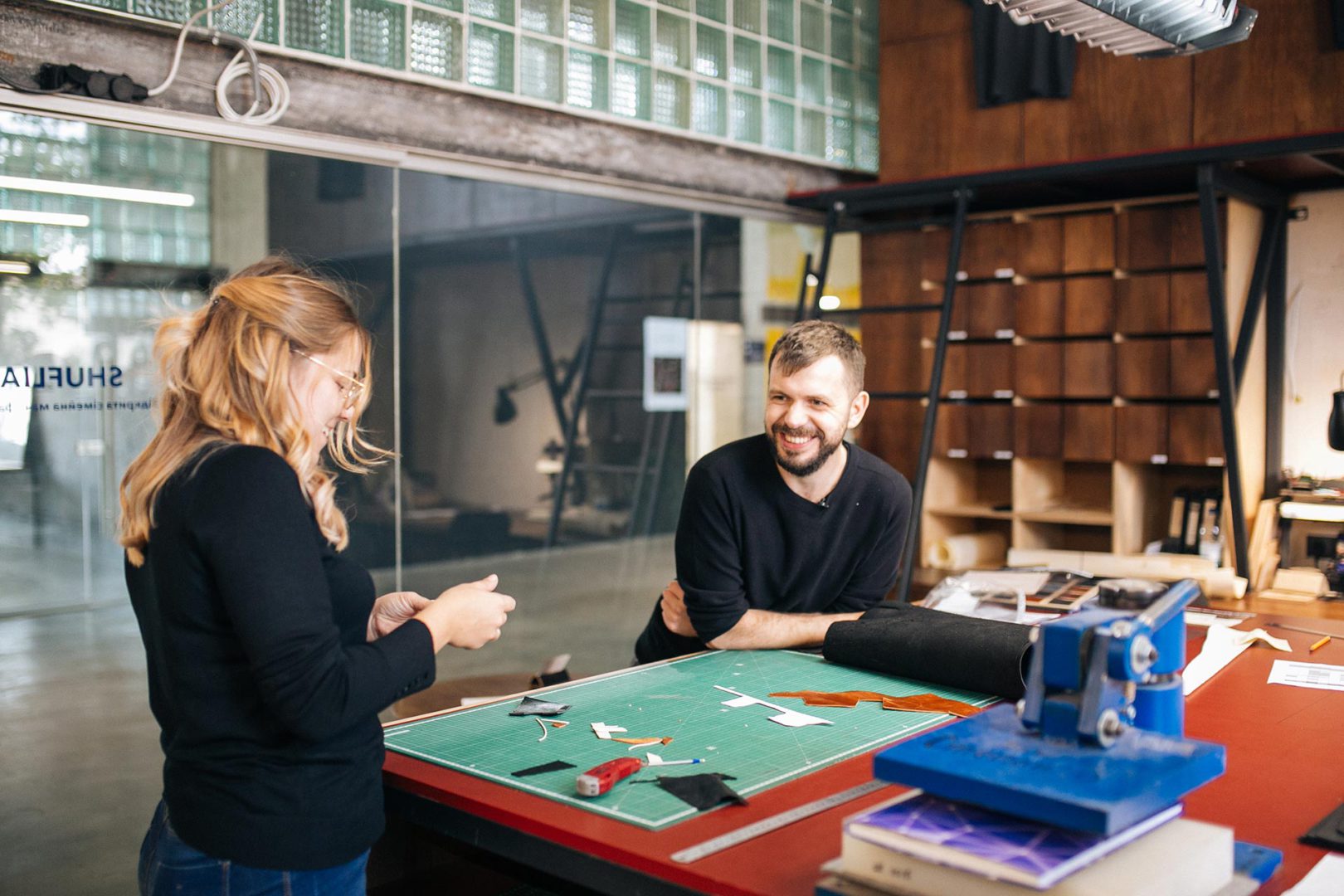Thank you for sharing how to deal with negative spaces in the community, which serves to call more attention to such issues in the community, especially in older neighbourhoods where negative spaces exist that need to be urgently renewed and fixed. This type of space often becomes the site of criminal activities, increasing the risk of policing in the community and affecting residents’ sense of security. ( Bianchi, C., Bereciartua, P., Vignieri, V. and Cohen, A,2019)At the same time, long-term unused negative spaces are not only a waste of land resources, but the accumulation of rubbish in these spaces will also increase the cost of community maintenance. All these negative impacts will make the community lose its vitality and reduce residents’ sense of community belonging and participation. This phenomenon often occurs because of a shortage of community funding and resources, and over time a vicious circle emerges.( KANEKO, H., FUJII, K., ASHIDA, Y. and ISOGAWA, T,2016)
I believe that urban designers have a responsibility and an obligation to help solve these kinds of issues that exist because communities are an important part of the city, and their long-term prosperity is more beneficial to the development of the city.
The case you shared is interesting in that the renewal of negative community spaces requires the efforts of many parties in order to achieve long-term and effective operation of the community. And I would like to introduce a case in China. In the urban village of Nantou, Shenzhen, China, the village has a large amount of abandoned vacant land and unused factories, which makes the community’s space function low and seriously affects the vitality of the community. With the theme of Urban Village Tangram, the designers combined the needs of the community residents and transformed the negative spaces into creative bazaars, community retail, and open spaces. The main methods include: (1) specific function enhancement; (2) composite use scenarios; (3) spatial logic reconstruction; (4) hybridisation of old and new elements; (5) gazing in roaming; and (6) functional component assemblage. In exploring new spatial paradigms, the designers try to mix various functions into a ‘handshake building’ while preserving as much as possible the existing social structure and spatial characteristics of the urban village.( Dianzhantech, L,2024)
Reference:
Bianchi, C., Bereciartua, P., Vignieri, V. and Cohen, A. (2019). Enhancing Urban Brownfield Regeneration to Pursue Sustainable Community Outcomes through Dynamic Performance Governance. International Journal of Public Administration, Vol.44 (2), pp.1–15. doi:https://doi.org/10.1080/01900692.2019.1669180.
KANEKO, H., FUJII, K., ASHIDA, Y. and ISOGAWA, T. (2016). Space Devastation of Rural Community and Rural Studies. Journal of Rural Studies, 23(1), pp.25–39. doi:https://doi.org/10.9747/jars.23.1_25.
Dianzhantech, L. (2024). 深圳南头改装建筑:为城中村做‘针灸’ / 趣城工作室 – 有方. [online] Archiposition.com. Available at: https://www.archiposition.com/items/20240221103906 [Accessed 22 Mar. 2025].
Can Communities Turn Neglected Spaces into Thriving Places?
Have you ever walked past a neglected alley or an empty lot in your neighborhood and wondered, What if this space could be something more? In many places, communities are stepping up with a sense of responsibility to reclaim and improve the spaces where they live. One such inspiring case is a once run-down alley in Middlesbrough, a disadvantaged neighborhood that residents transformed into a lush urban oasis filled with food-producing plants and flowers. Initiated by a single resident and funded by a grant, this project gathered momentum as more people joined in, proving that small actions can lead to long-lasting change (Duell, M., 2013).


Why Did This Project Succeed?
The success of this alley transformation lay in four key factors: community engagement, the initiative of a dedicated resident, funding, and long-term commitment. First, engaged residents led the way. Second, funding kick-started improvements. Third, collective effort ensured long-term success and community ownership. This aligns with Wates (2014), who highlights that while governments often lack sufficient resources to address all local issues, local communities can provide additional resources essential to meeting their needs.
How Can Urban Designers Support Such Initiatives?
Urban designers play a crucial role in inspiring and facilitating community-led projects. The Neighborhood Design Center (NDC) in Baltimore provides a compelling example of how participatory design can support urban regeneration. From 1968 to 2000, NDC helped communities revitalize underused spaces through design workshops and strategic planning. However, as their experience showed, sustaining such projects requires long-term funding, land ownership rights, and structured community involvement (López Garrido, G. J., 2022). Urban designers can address these challenges by advocating for policies that grant communities legal control over spaces they improve, securing stable funding for projects, and fostering stronger partnerships between residents and municipal authorities.
A Collaborative Model for Community-Led Urban Regeneration and Investment
A successful example of community-driven urban regeneration is the transformation of the ‘Promprylad’ factory in Ukraine. This former Soviet industrial site was reimagined as a center for innovation, art, and community activities. Local activists and entrepreneurs initiated the project by leasing the space, later purchasing it to secure long-term control. Unlike NDC in Baltimore, Promprylad ensured sustainability through a unique financial model. Private investors, including local businesses and individuals, provided capital while the project retained its social mission. A portion of profits was reinvested into community initiatives, creating a self-sustaining cycle. Many investors also became tenants, ensuring lasting engagement. (Zelinska, T., 2019) This model demonstrates how urban regeneration can achieve financial independence and long-term success, turning neglected spaces into thriving community hubs.

While urban regeneration projects can succeed with varying elements, the combined presence of community leadership, long-term support, funding, and land ownership greatly enhances their chances of enduring success.
References
- Duell, M. (2013). Gardening? It’s right up our alley! Community transforms Victorian passageway behind homes into oasis of greenery. Available at: https://www.dailymail.co.uk/news/article-2397899/Community-transforms-Victorian-passageway-Middlesbrough-homes-oasis-greenery.html (Accessed: 08/03/2025)
- López Garrido, G. J. (2022). Baltimore and the Neighborhood Design Center. Participatory approaches to urban design under conditions of urban shrinkage (1968–2000). Journal of Urban Design, 27(6), 649–668. https://doi.org/10.1080/13574809.2022.2086111
- Stevens, Q., Leorke, D., Thai, H. M. H., Innocent, T., & Tolentino, C. (2023). Playful, portable, pliable interventions into street spaces: deploying a ‘playful parklet’ across Melbourne’s suburbs. Journal of Urban Design, 29 (2), 231–251. https://doi.org/10.1080/13574809.2023.2227099
- Wates, N. (2014). The Community Planning Handbook. Second edition. Routledge, London.
- Zelinska, T. (2019) “Promprylad.Renovation”: how a Soviet factory is turning into a modern business cluster (PHOTOS, VIDEO). Available at: https://galka.if.ua/promprilad-renovaciya-yak-radynskiy/ (Accessed: 17/03/2025).
Image references
- North News & Pictures Ltd. (2013) Rundown: Neighbouring alleys such as this one in Middlesbrough, Teesside, are still scruffy. This is only a few streets away from the beautiful back alley garden. Available at: https://www.dailymail.co.uk/news/article-2397899/Community-transforms-Victorian-passageway-Middlesbrough-homes-oasis-greenery.html (Accessed: 08/03/2025).
- North News & Pictures Ltd. (2013) Beautiful: The once-dingy lane in Middlesbrough, Teesside, is now a haven of hanging baskets, trellises and trees bearing apples and pears, thanks to a pensioner. Available at: https://www.dailymail.co.uk/news/article-2397899/Community-transforms-Victorian-passageway-Middlesbrough-homes-oasis-greenery.html (Accessed: 08/03/2025).
- Unknown Author. (2019). Untitled photograph. Available at: https://galka.if.ua/promprilad-renovaciya-yak-radynskiy/ (Accessed: 17/03/2025).



Thank you for sharing how to deal with negative spaces in the community, which serves to call more attention to such issues in the community, especially in older neighbourhoods where negative spaces exist that need to be urgently renewed and fixed. This type of space often becomes the site of criminal activities, increasing the risk of policing in the community and affecting residents’ sense of security. ( Bianchi, C., Bereciartua, P., Vignieri, V. and Cohen, A,2019)At the same time, long-term unused negative spaces are not only a waste of land resources, but the accumulation of rubbish in these spaces will also increase the cost of community maintenance. All these negative impacts will make the community lose its vitality and reduce residents’ sense of community belonging and participation. This phenomenon often occurs because of a shortage of community funding and resources, and over time a vicious circle emerges.( KANEKO, H., FUJII, K., ASHIDA, Y. and ISOGAWA, T,2016)
I believe that urban designers have a responsibility and an obligation to help solve these kinds of issues that exist because communities are an important part of the city, and their long-term prosperity is more beneficial to the development of the city.
The case you shared is interesting in that the renewal of negative community spaces requires the efforts of many parties in order to achieve long-term and effective operation of the community. And I would like to introduce a case in China. In the urban village of Nantou, Shenzhen, China, the village has a large amount of abandoned vacant land and unused factories, which makes the community’s space function low and seriously affects the vitality of the community. With the theme of Urban Village Tangram, the designers combined the needs of the community residents and transformed the negative spaces into creative bazaars, community retail, and open spaces. The main methods include: (1) specific function enhancement; (2) composite use scenarios; (3) spatial logic reconstruction; (4) hybridisation of old and new elements; (5) gazing in roaming; and (6) functional component assemblage. In exploring new spatial paradigms, the designers try to mix various functions into a ‘handshake building’ while preserving as much as possible the existing social structure and spatial characteristics of the urban village.( Dianzhantech, L,2024)
Reference:
Bianchi, C., Bereciartua, P., Vignieri, V. and Cohen, A. (2019). Enhancing Urban Brownfield Regeneration to Pursue Sustainable Community Outcomes through Dynamic Performance Governance. International Journal of Public Administration, Vol.44 (2), pp.1–15. doi:https://doi.org/10.1080/01900692.2019.1669180.
KANEKO, H., FUJII, K., ASHIDA, Y. and ISOGAWA, T. (2016). Space Devastation of Rural Community and Rural Studies. Journal of Rural Studies, 23(1), pp.25–39. doi:https://doi.org/10.9747/jars.23.1_25.
Dianzhantech, L. (2024). 深圳南头改装建筑:为城中村做‘针灸’ / 趣城工作室 – 有方. [online] Archiposition.com. Available at: https://www.archiposition.com/items/20240221103906 [Accessed 22 Mar. 2025].
This article is really great, and I really like the author’s perspective on problems. She doesn’t talk about urban renewal from a lofty perspective, but rather from the small corners of our daily lives that we often overlook, such as dilapidated alleys and abandoned factories, to bring out the power of the community and the changes that ordinary people can bring. The author’s mention of Middlesbrough’s alleyway renovation is truly a touching example – residents working together to turn a dilapidated alleyway into a small garden for growing vegetables and flowers (Duell, 2013). This kind of change does not rely on government leadership, but starts with the initiative of residents, making people feel like ‘I can do it too’. I also strongly agree with the sentence she mentioned, while governments often lack sufficient resources to address all local issues, local communities can provide additional resources essential to meeting their needs.(Wates, 2014), This reminds me of what we often say about ‘starting from the side’, which is actually not an empty phrase. Although the article discusses urban design, reading it feels more like talking about the relationship between people and space, which is very human and powerful.
Reference:
1.Duell, M. (2013). Gardening? It’s right up our alley! Community transforms Victorian passageway behind homes into oasis of greenery. Available at: https://www.dailymail.co.uk/news/article-2397899/Community-transforms-Victorian-passageway-Middlesbrough-homes-oasis-greenery.html (Accessed: 09/05/2025).
2.Wates, N. (2014). The Community Planning Handbook. Second edition. Routledge, London.